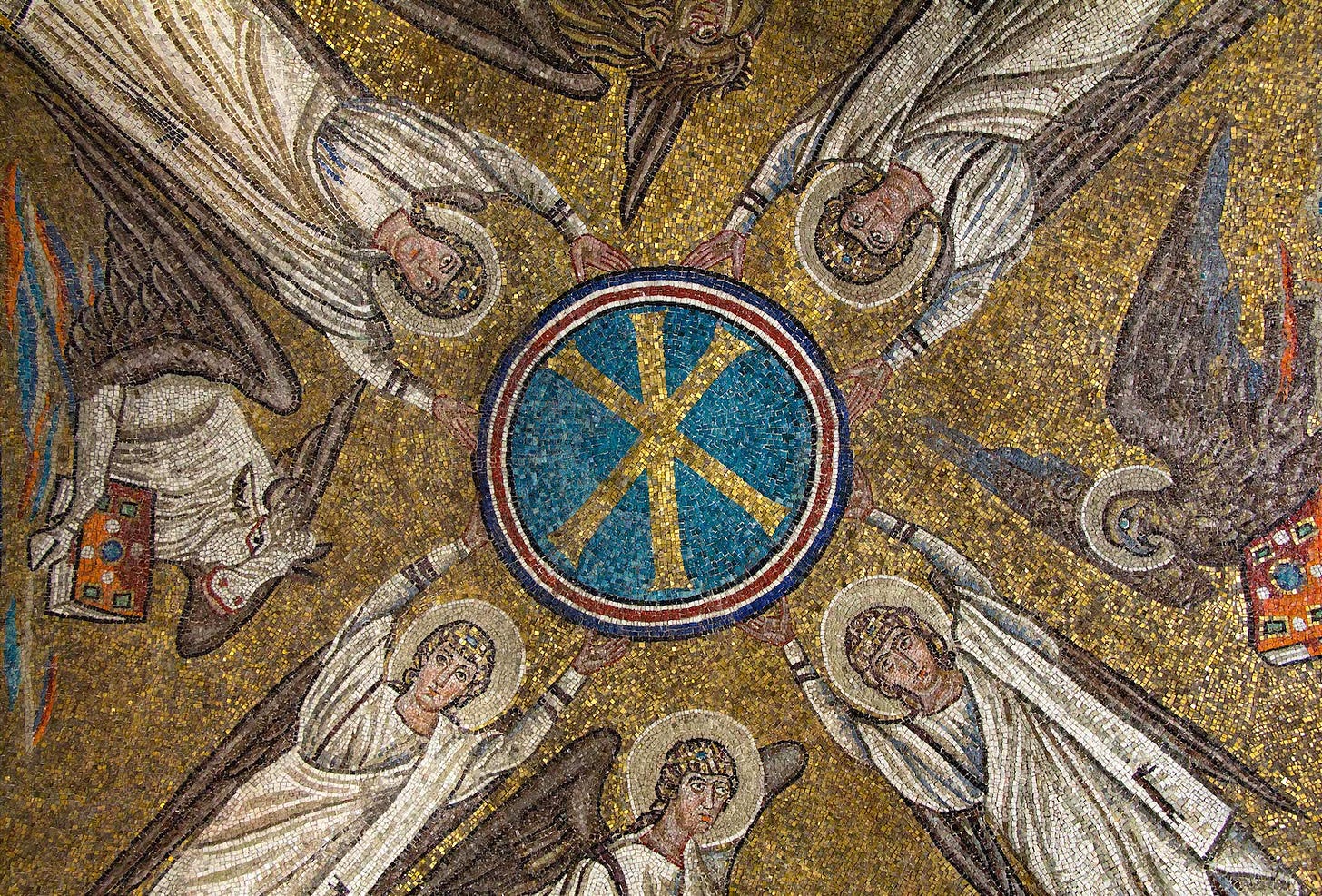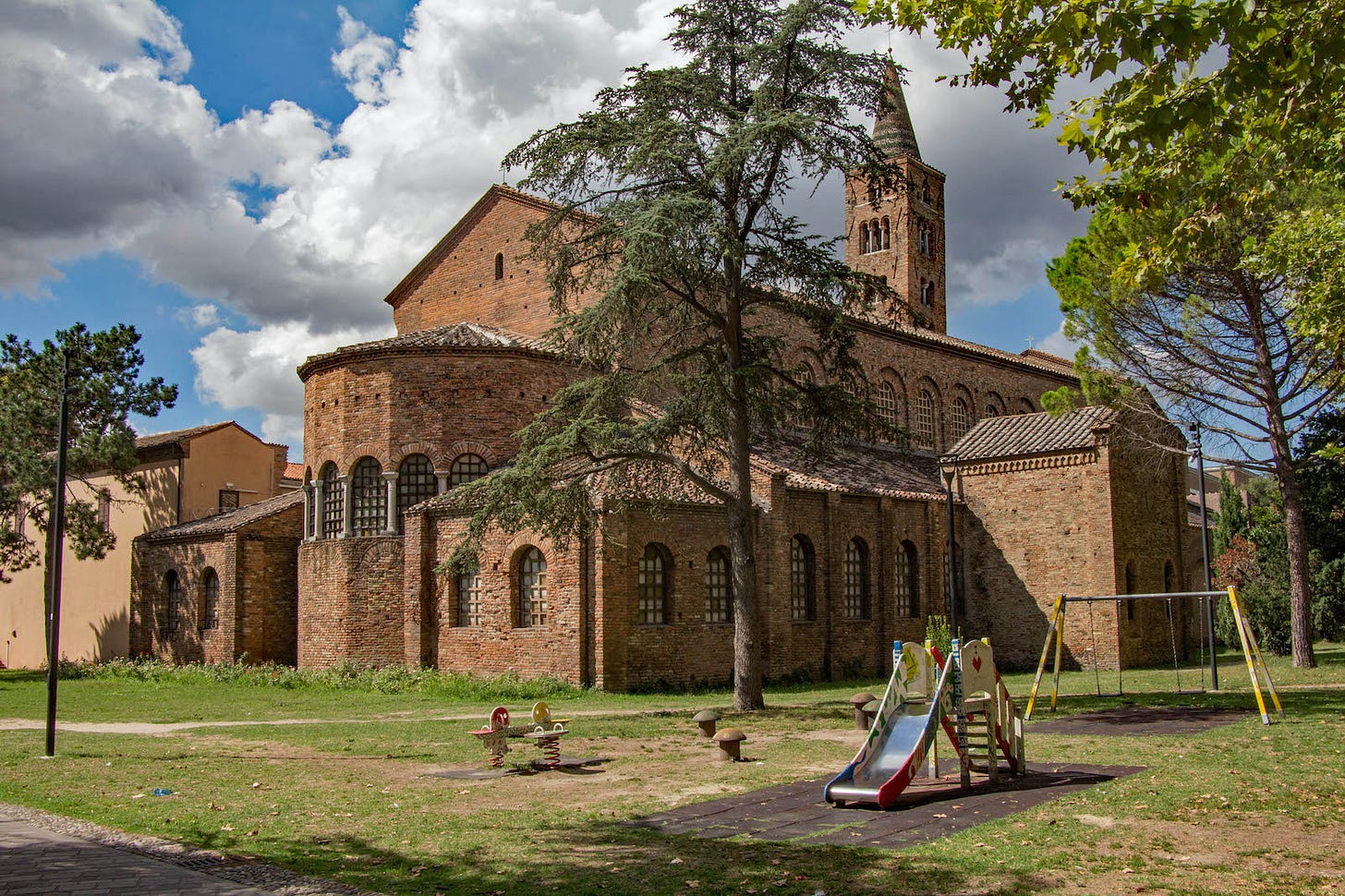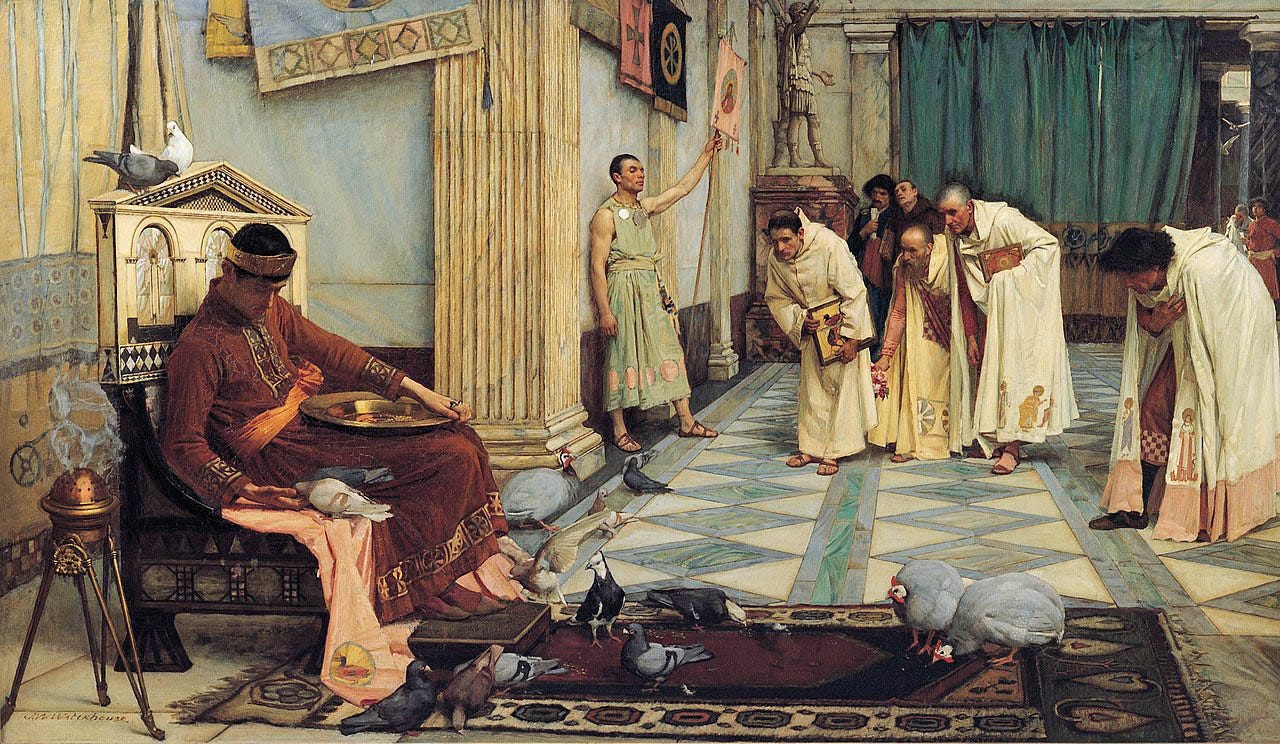The Forgotten Capital of the Roman Empire
The fame of Rome is global, and that of Constantinople not far behind. But a third city is the little-known wonder that hides in plain sight...
A subtlety of history that is often overlooked is that the Roman Empire, the most influential power to have ever existed in this world, was at its core a city-state.
Vast indeed were the British, Spanish and French empires of more modern times. But the Roman Empire, as the name indicates, was not the empire of ‘Italy’, but the empire of a single city — a fact which magnifies immensely the scale of Rome’s achievement.
No other empire indeed is so intrinsically associated with its capital. But as a result, it is often mistakenly assumed that the Eternal City was always its capital. This, of course, couldn’t be further from the truth.
While it is relatively well-known that Constantinople would emerge as the capital of the Eastern Roman Empire, few take into account that when the Western Roman Empire fell in AD 476, her capital was no longer Rome. Instead, it was a city that has endured largely frozen in time — an almost forgotten jewel of Western civilisation.
Today, we explore the treasures of this forgotten capital of the West, and discover how an unsanitary marshland in northeast Italy was transformed into the most glorious relic of the Christian Roman Empire…
From Naval Base to Imperial Fortress
The malaria-ridden wetlands of the Po Delta had long formed a biological wall against any invader. So when the Gauls poured into Italy in the 4th century BC — in an invasion that would leave Rome herself burned — the Etruscans and Umbri fled into the marshes to find sanctuary.
From that refuge, a settlement took root. Its name may have sprung from the tongues of its founders, or perhaps from rhene, the Celtic word for water. Whatever the origin, one name endured — Ravenna.
Located at the head of the Adriatic, secure from landward attack, and with the foundation of Venice many long centuries in the future, early Ravenna quickly grew into a flourishing commercial port. It was indeed at this immensely strategic site that, in 49 BC, Gaius Julius Caesar waited for the Senate’s reply to his ultimatum before crossing the Rubicon and changing the course of history.
The true value of this city, however, would be fully realised by Caesar’s adoptive son, the Emperor Augustus, who in the first year of his reign established Ravenna as one of the two home bases of the Imperial Roman Navy. The base at Misenum, across the bay of Naples, would be responsible for the Western Mediterranean. The other, at Ravenna, would safeguard the Adriatic and Eastern Mediterranean.
Naturally, Ravenna and Classis — the actual military port itself — rapidly prospered under such favour for as long as the Empire itself did, with Emperors Tiberius, Claudius, and Trajan investing heavily in both city and port. But by the 5th century AD, those glory days seemed long gone.
History, indeed, repeated itself, and Ravenna once again served as the refuge of those fleeing chaos elsewhere. This time, however, it was not the Etruscans who fled to Ravenna, but the Roman Emperor himself…
The Court of Honorius
On the 17th January AD 395, fifteen years after he had declared Nicene Christianity to be the official state religion of the Roman Empire by the Edict of Thessalonica, the Emperor Theodosius the Great died.
With him died the last emperor of the undivided Roman Empire, as Theodosius bequeathed the world to both his sons. To Arcadius, the elder, would go the East, and to Honorius, the younger, would go the West. On a map, the partition appeared even, with the frontier between the two emperors snaking its way south between Dalmatia and Moesia in Europe (modern Serbia and Montenegro), and Tripolitania and Libya in Africa (roughly the centre of modern Libya).
In reality, however, the division was anything but equal.
The wealth of the ancient world, after all, flowed from the East, and the West had little in valuable resources beyond the silver mines of Spain. This, coupled with the perennial failure to address the mechanism of imperial succession, cast the Western Roman Empire into a rapid and terminal crisis, just as the Germanic tribes ruptured the frontier across its length.
So when Alaric, the fearsome King of the Visigoths, betrayed Rome and advanced upon Italy in AD 402, Mediolanum — the future city of Milan and ‘forward capital’ for rapid military response — was now dangerously exposed. As a result, in AD 402 the Emperor Honorius transferred the Western capital to the more easily defended Ravenna.
Perversely, therefore, the twilight of the Roman Empire marked the dawn of her new capital. For even as the world around it began to fall, the city of Ravenna now rose to bear the burden of empire.
The story of how it did so remains a testament to the power of hope, wonder, and beauty, even in the darkest of times.
The First Treasure
Keep reading with a 7-day free trial
Subscribe to INVICTUS to keep reading this post and get 7 days of free access to the full post archives.






